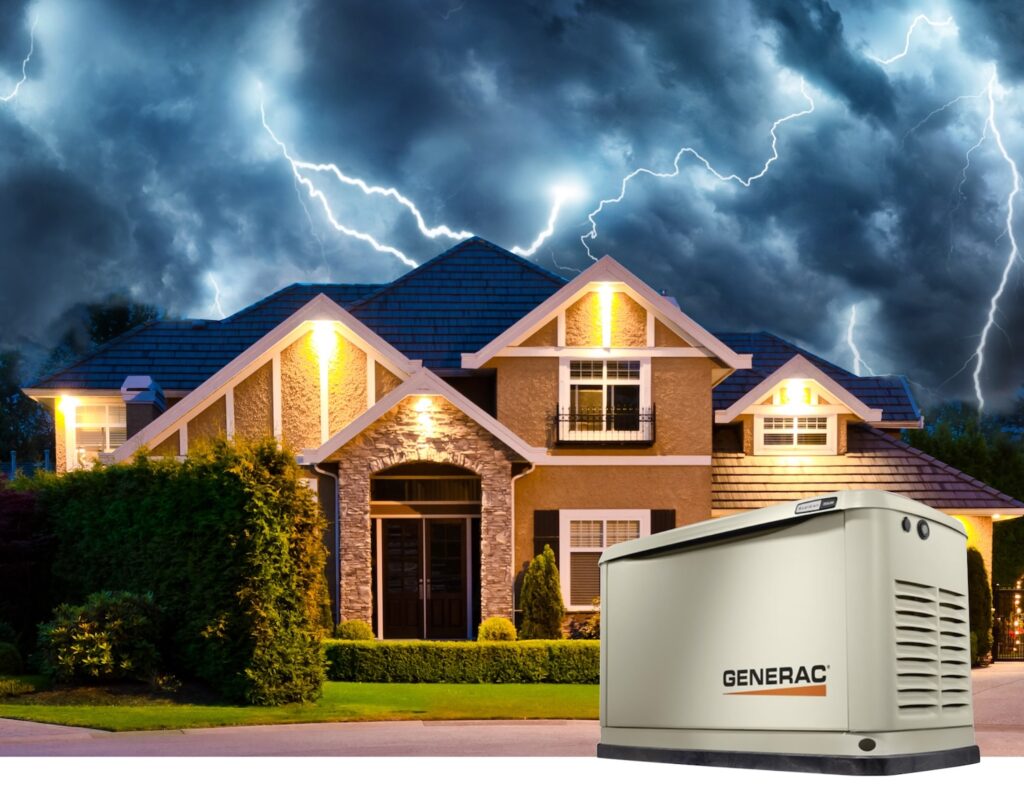Blog
- Cooling
-
-
-
Interested in Financing?
Financing options to help you to manage the cost of a new system.
Save with Maintenance Plans
Enjoy worry free operation and money saving guarantees.
-
-
- Heating
-
-
-
Interested in Financing?
Financing options to help you to manage the cost of a new system.
Save with Maintenance Plans
Enjoy worry free operation and money saving guarantees.
-
-
- Drains
-
-
-
Interested in Financing?
Financing options to help you to manage the cost of a new system.
Save with Maintenance Plans
Enjoy worry free operation and money saving guarantees.
-
-
- Plumbing
-
-
-
Interested in Financing?
Financing options to help you to manage the cost of a new system.
Save with Maintenance Plans
Enjoy worry free operation and money saving guarantees.
-
-
- Electrical
-
-
-
Interested in Financing?
Financing options to help you to manage the cost of a new system.
Save with Maintenance Plans
Enjoy worry free operation and money saving guarantees.
-
-
- Generators
- Indoor Air Quality
- Commercial
-
-
-
Interested in Financing?
Financing options to help you to manage the cost of a new system.
Save with Maintenance Plans
Enjoy worry free operation and money saving guarantees.
-
-
- Financing
- About Us
- Resources
- Shop
- Contact










